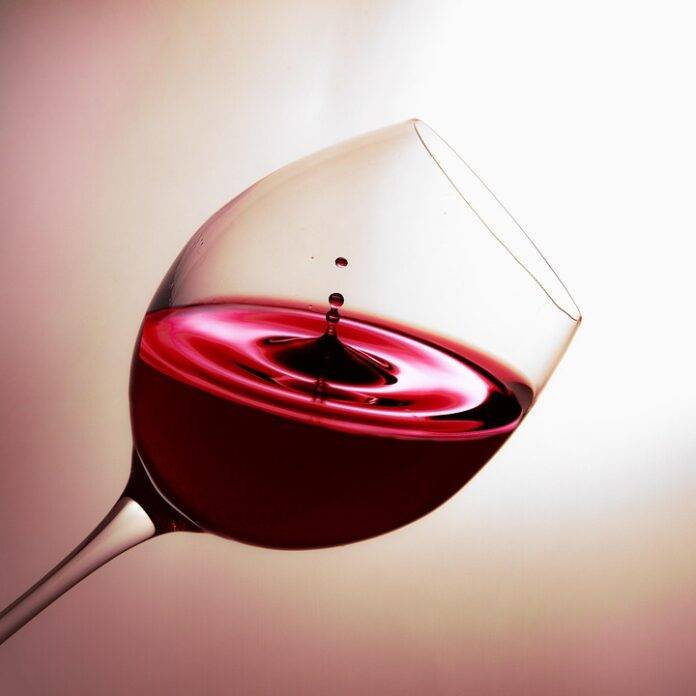Introduction
Luxury wine brands have always been synonymous with elegance, sophistication, and exclusivity. In recent years, these brands have been focusing on sustainability and innovation in their packaging to appeal to environmentally conscious consumers while maintaining their high-end image. One of the key strategies that luxury wine brands are adopting is the use of lightweight glass and innovative design. This report will delve into how luxury wine brands are innovating with lightweight glass and design to stay ahead in the competitive market.
Lightweight Glass in the Wine Industry
Benefits of Lightweight Glass
Lightweight glass has gained popularity in the wine industry due to its numerous benefits. Firstly, lightweight glass reduces the carbon footprint of wine production and transportation, as it requires less energy to produce and ship compared to traditional glass bottles. This aligns with the sustainability goals of many luxury wine brands who are increasingly focusing on eco-friendly practices.
Furthermore, lightweight glass is easier to handle and transport, reducing the risk of breakage during shipping. This not only saves costs for wine producers but also ensures that the wine reaches consumers in pristine condition, enhancing the overall customer experience.
Industry Adoption of Lightweight Glass
Several luxury wine brands have embraced lightweight glass as part of their sustainability initiatives. For example, renowned champagne houses like Moët & Chandon and Veuve Clicquot have introduced lighter glass bottles for their premium cuvées. These brands understand the importance of reducing their environmental impact while maintaining the luxurious appeal of their products.
In addition, some boutique wineries have also started using lightweight glass bottles to differentiate themselves in a crowded market. By emphasizing their commitment to sustainability through innovative packaging, these brands are able to attract environmentally conscious consumers who are willing to pay a premium for socially responsible products.
Design Innovation in Luxury Wine Packaging
Importance of Design in Wine Packaging
Design plays a crucial role in the success of luxury wine brands. The packaging not only serves as a protective vessel for the wine but also communicates the brand’s identity, values, and positioning to consumers. Luxury wine brands invest heavily in packaging design to create a memorable and immersive experience for their customers.
Trends in Wine Packaging Design
Innovative design elements are becoming increasingly popular in wine packaging, with luxury brands leading the way. From embossed labels to intricate illustrations, these design features help luxury wine brands stand out on the shelf and capture the attention of discerning consumers.
Moreover, some luxury wine brands are collaborating with renowned artists and designers to create limited edition packaging that doubles as a collectible item. This not only adds value to the product but also enhances the brand’s prestige and exclusivity.
Financial Implications of Innovation in Wine Packaging
Cost Considerations
While lightweight glass and innovative design can add value to luxury wine brands, they also come with additional costs. The production of lightweight glass bottles may require investments in new manufacturing processes and technologies, which can increase the upfront expenses for wine producers.
Similarly, designing custom packaging and collaborating with artists can be a costly endeavor for luxury wine brands. However, these investments are often justified by the premium pricing and brand loyalty that result from offering unique and sustainable packaging solutions.
Market Response
Despite the higher costs associated with innovative packaging, luxury wine brands are seeing a positive response from consumers. By aligning their products with sustainability trends and offering visually appealing packaging, these brands are able to attract a loyal customer base who appreciate the quality and craftsmanship of their wines.
Moreover, innovative packaging can help luxury wine brands differentiate themselves in a crowded market and justify premium pricing. Consumers are willing to pay more for products that offer a unique and memorable experience, making innovation in packaging a strategic advantage for luxury wine brands.
Conclusion
Luxury wine brands are continuously pushing the boundaries of innovation in packaging to stay relevant in a competitive market. By embracing lightweight glass and design innovation, these brands are able to appeal to environmentally conscious consumers while maintaining their high-end image. While there are costs associated with these initiatives, the financial and market benefits far outweigh the investments, making innovation in packaging a key driver of success for luxury wine brands.



